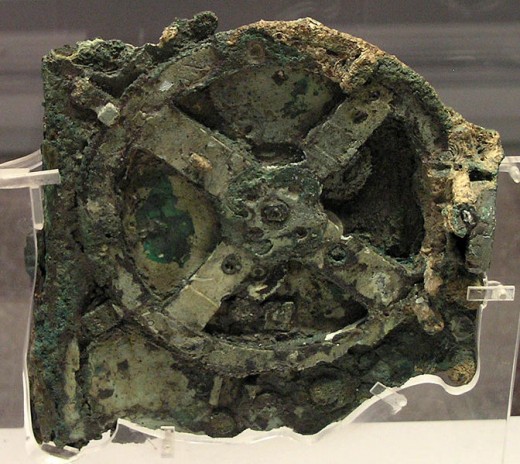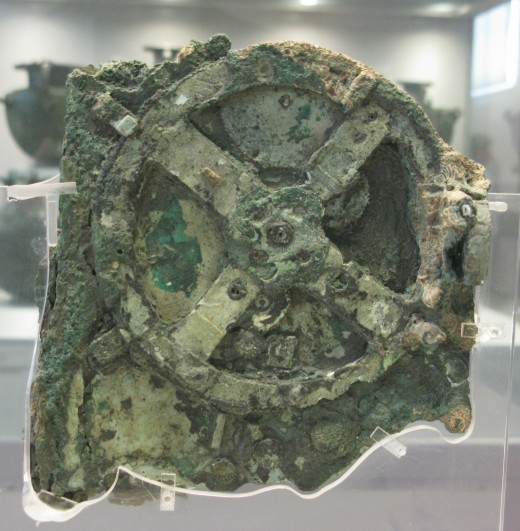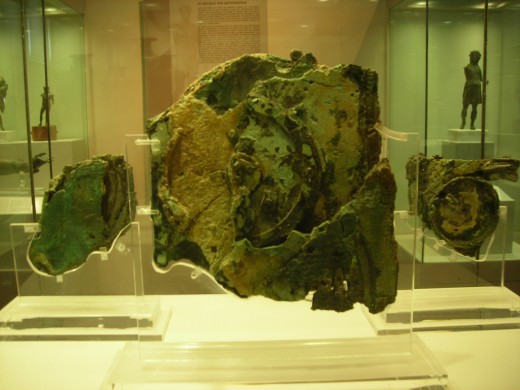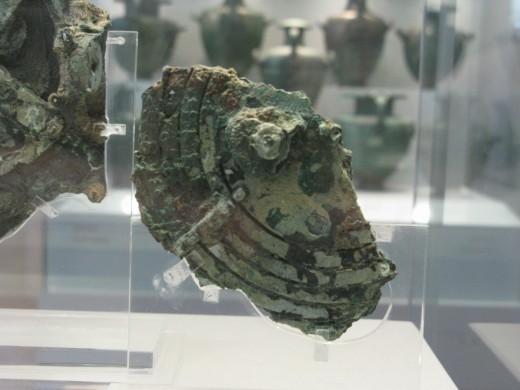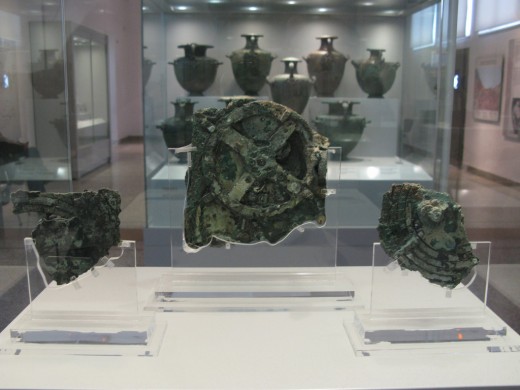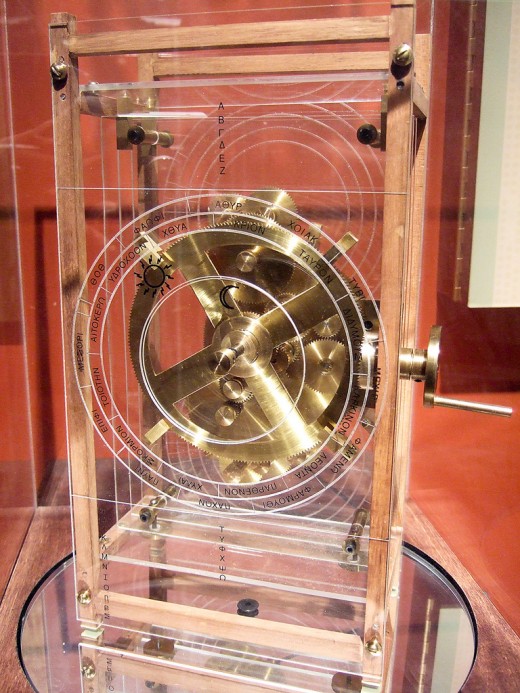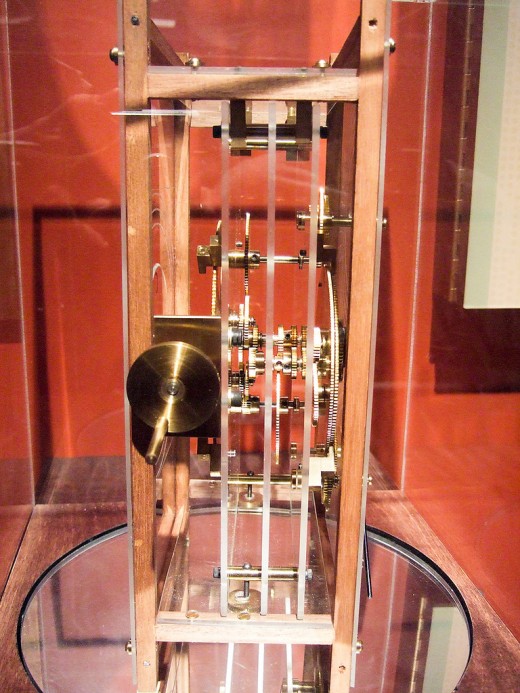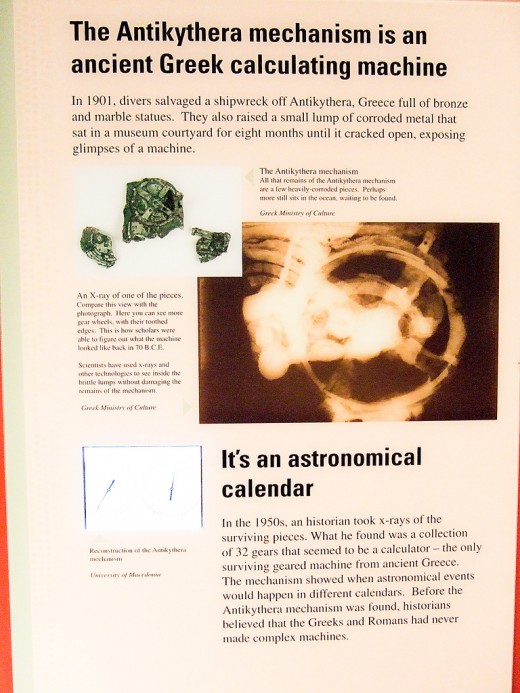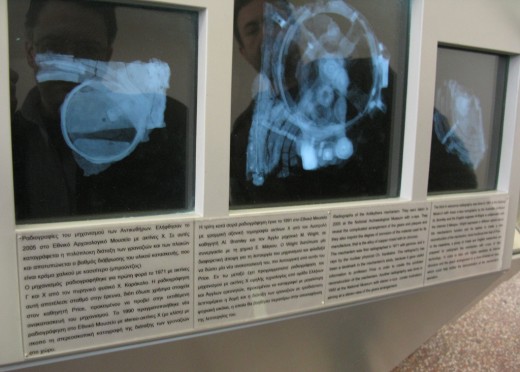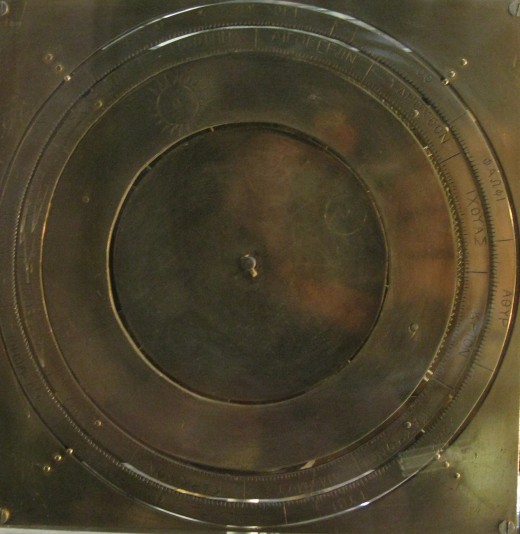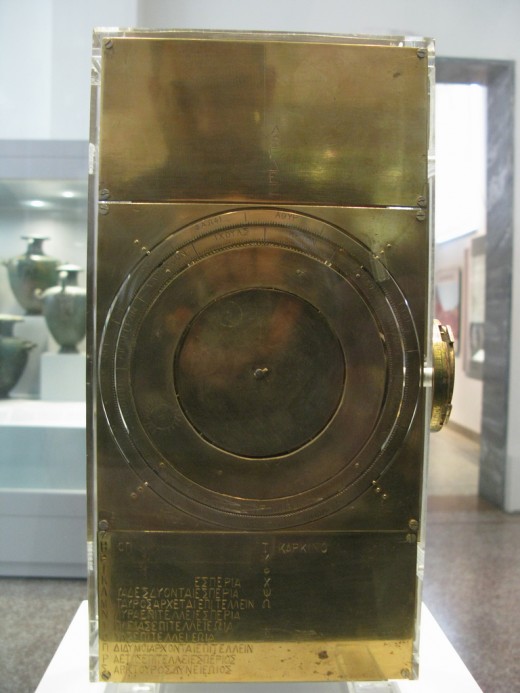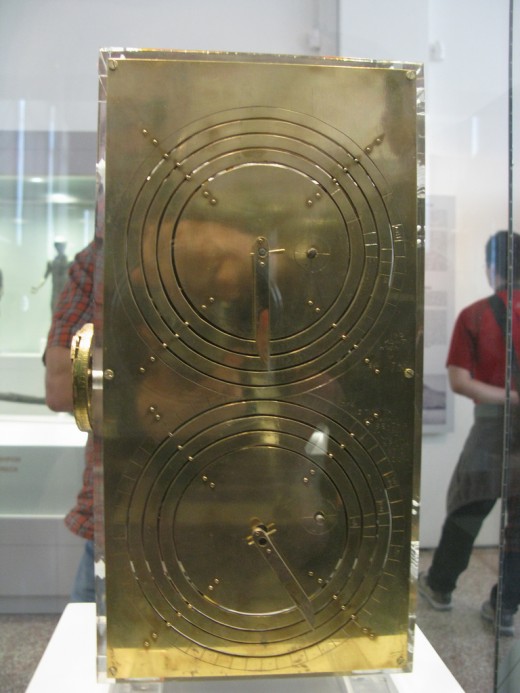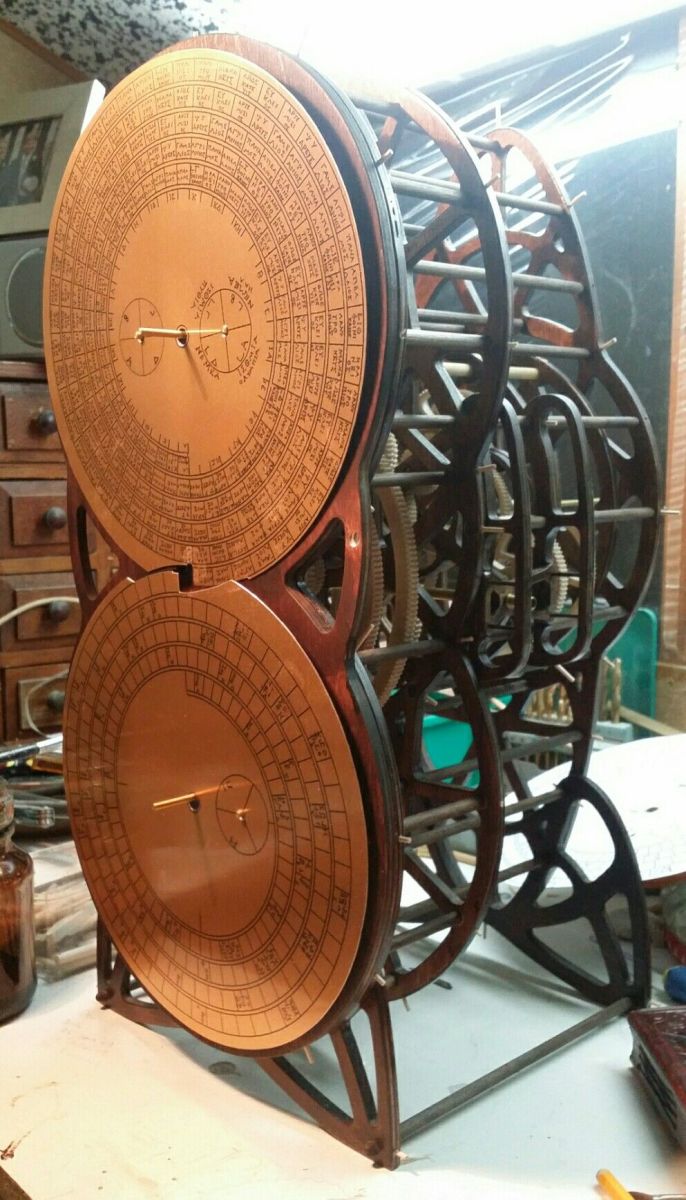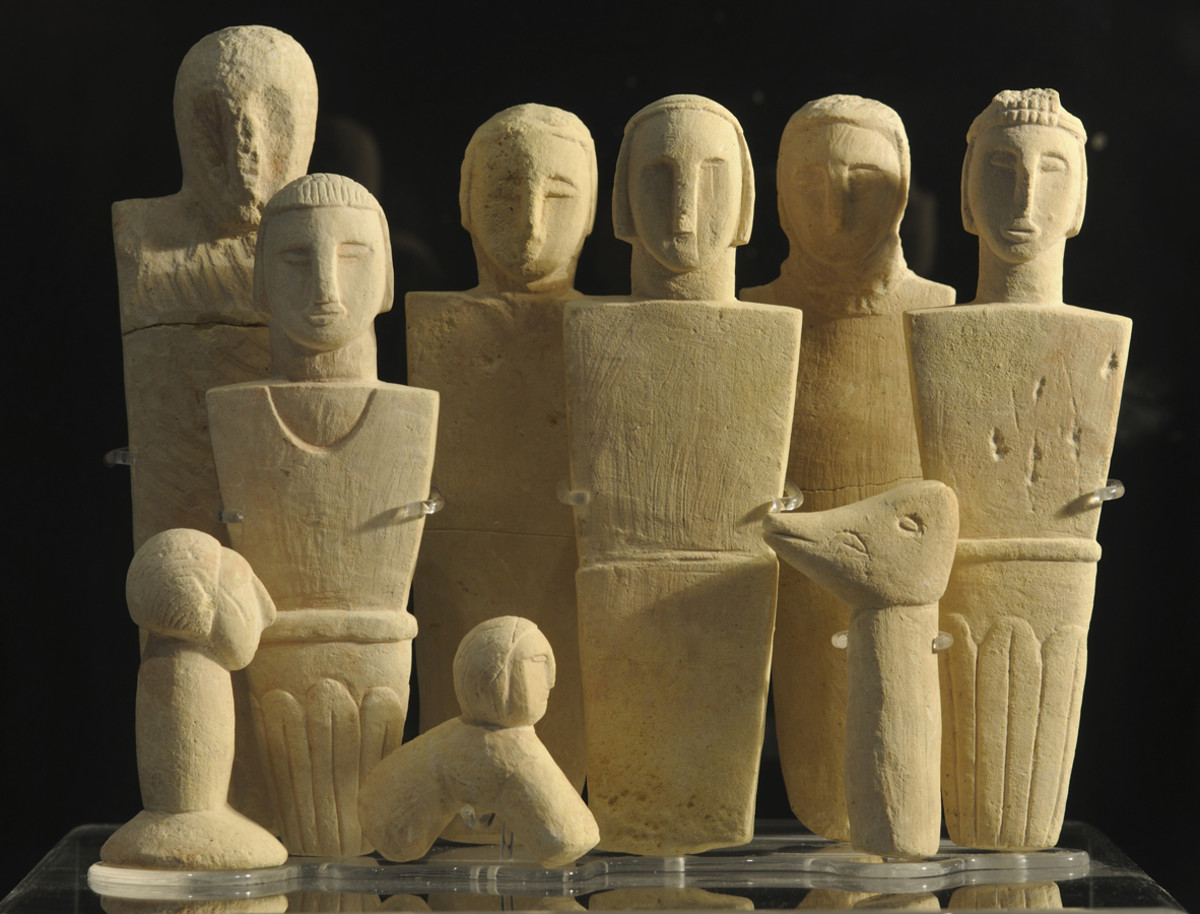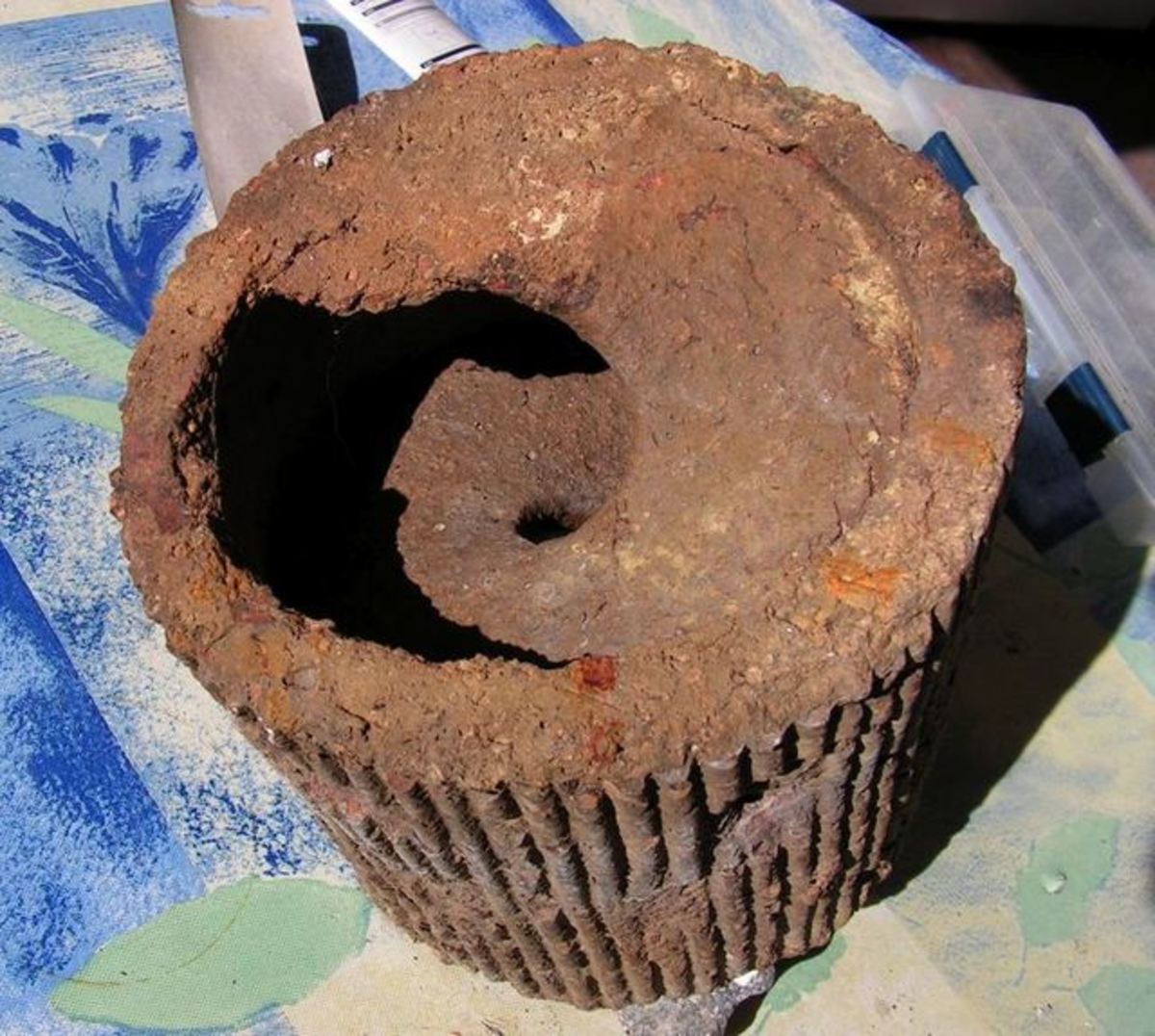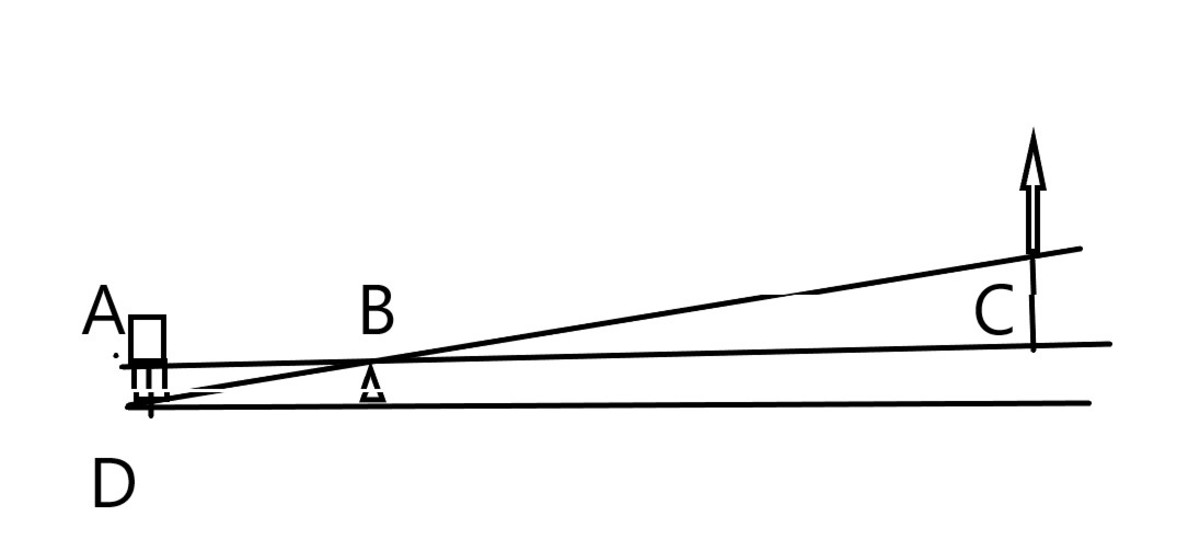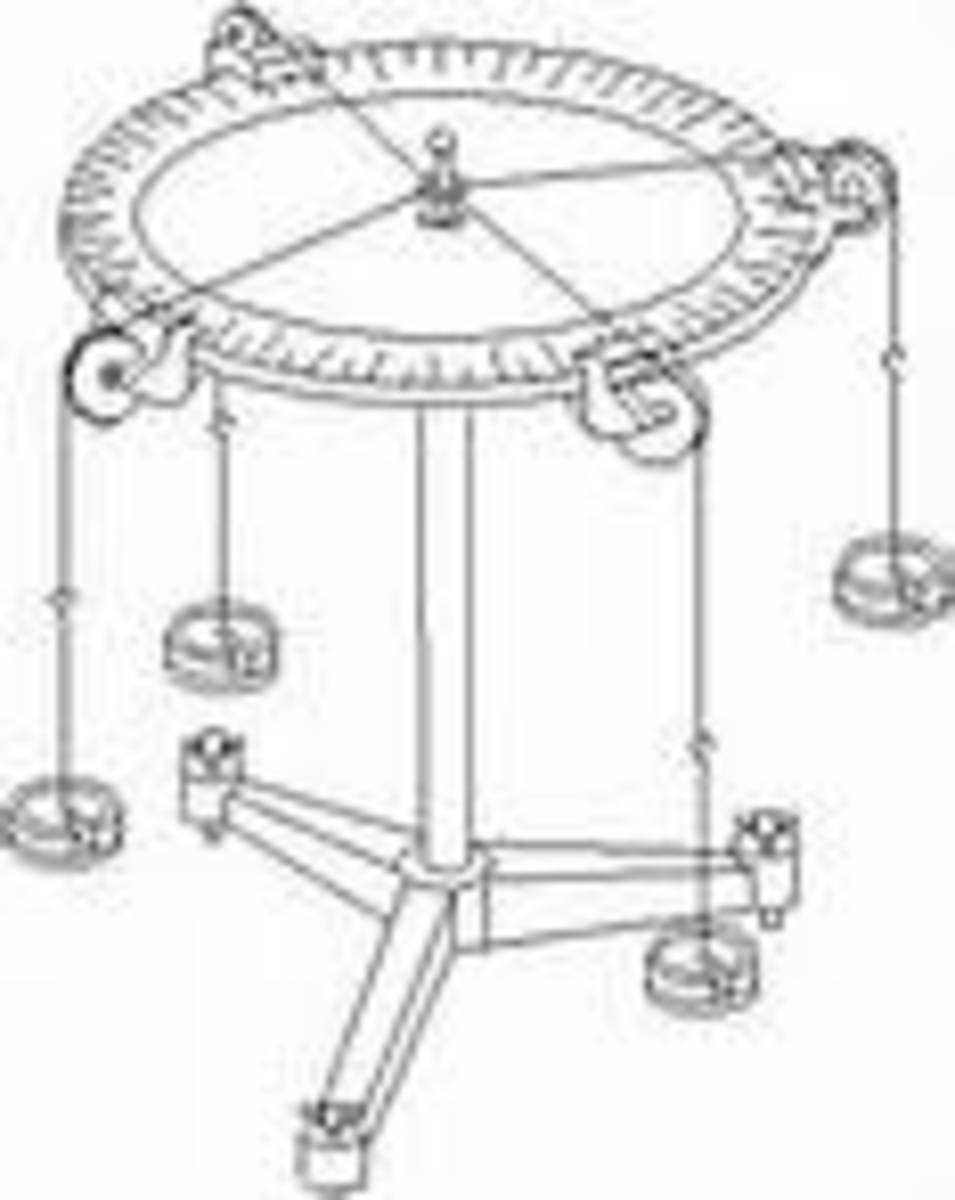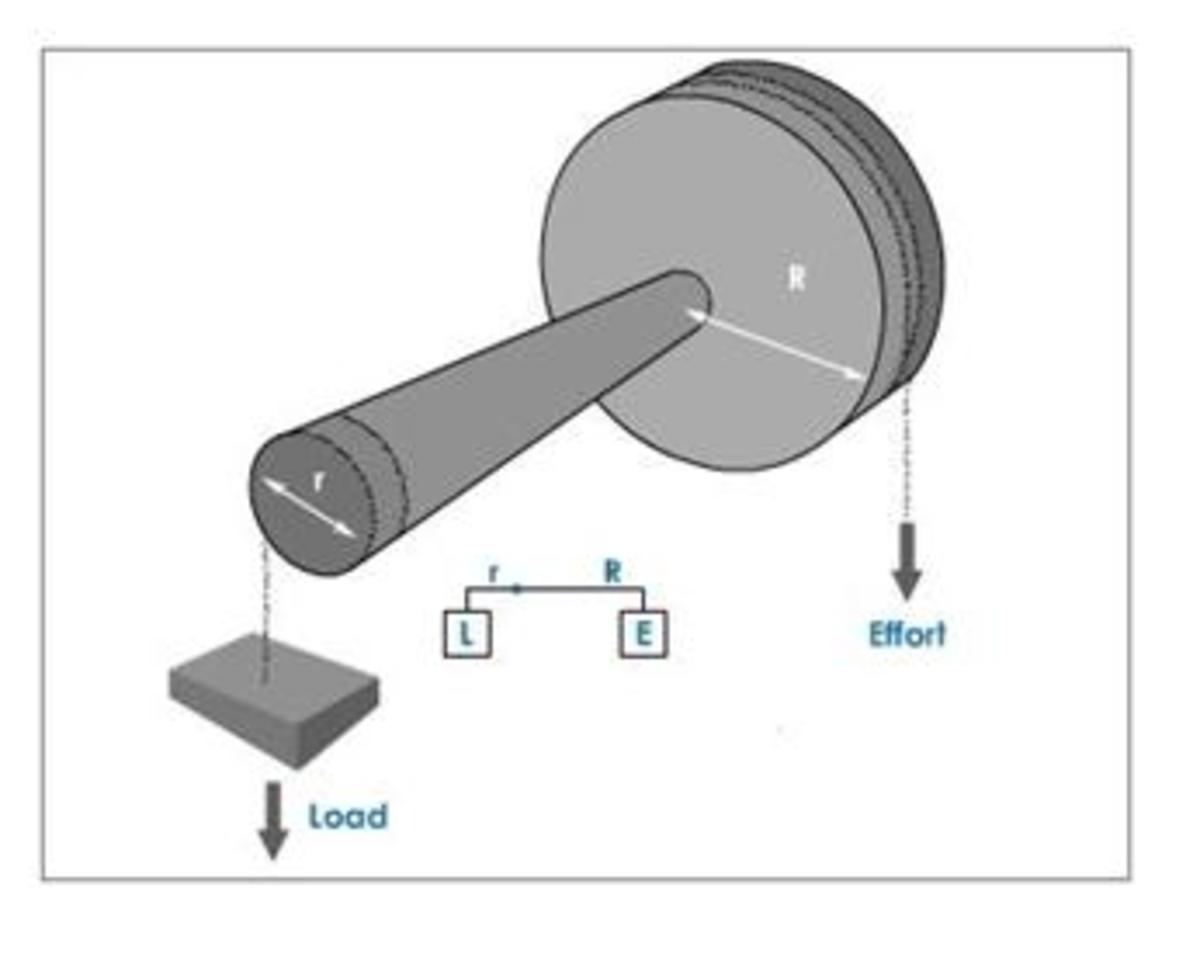Watchmaker Hublot Recreates Miniature Antikythera Mechanism ~ First Analog Computer Replicated into a Watch
Antikythera Mechanism and Hublot - What is the Connection?
In 1901, an unexpected discovery was placed on a shelf. It remained on the shelf for almost 50 years, at which time the magnitude of its discovery was revealed. This revelation changed history forever. Even today, the reproduction of this discovery, now determined to be almost 2000 years old, challenges companies like Hublot to discover its secrets. Let’s look at this story!
Fragments of the Antikythera Mechanism
Click thumbnail to view full-size





Wreckage Found in 1901 Near Antikythera
One stormy October afternoon in 1901 close to the Greek island of Antikythera, Captain Dimitrios Kondos sent a team down to the Mediterranean Sea bed to harvest sponges. Not too long afterwards, one of his divers resurfaced frantically sharing that he had come upon a shipwreck and that there were decaying bodies, horses and human, strewn everywhere.
Captain Kondos, thinking his diver was delirious from carbon dioxide poisoning, decided to check things out for himself. After donning his gear and diving down the 197 feet (60 meters), he found an ancient sunken ship; and the decaying bodies were soon discovered to be bronze statues covered with over one hundred years of sediment.
Captain Kondos and his team rummaged through the ship wreckage taking what they could carry back to Greece. After examining the artifacts, the Greek Education Ministry and the Hellenic Navy quickly planned an expedition to discover the secrets the wreckage held. It was soon determined that the wreckage had been there more than 2000 years, placing it sometime in the first hundred years B.C.
Many archaeological artifacts were retrieved from the wreckage, including marble statues, bronze statues and coins. The treasure salvaged was further enhanced when a previously unnoticed piece of rock cracked open revealing a perplexing and unexpected treasure.
The Incredible Antikythera Mechanism - Proof of Intellect Through the Ages
This video includes some footage of the Hublot watchmakers and their work on the Antikythera Mechanism.


The Antikythera Mechanism
Historians decided the treasure hidden inside that chunk of rock could not have possibly existed when the ship was wrecked. The treasure was a complex mechanism containing a metallic planetary gear system that could not have existed in the first hundred years B.C. It was well known that this type of mechanism had not shown up anywhere in history for another almost 1900 years. The historians assumed the mechanism had somehow been deposited at a later time within the wreckage, or it had been wrongly catalogued and stored. So it sat ignored for almost 50 years.
In 1951, Derek J. de Solla Price took interest in the object. Technological testing advances which had been gained during that time period helped Mr. Price determine the mechanism’s manufacture to indeed be in the correct time period. The type of technology exhibited by the Antikythera Mechanism had been unheard of during that time period – until now! This discovery placed advanced technology in the time period of the Ancient Greeks. This mechanism became the world’s earliest known use of planetary gears, and the earliest known use of clockwork gears.



Antikythera Mechanism’s Use
Eighty-two pieces of the mechanism (shown in the picture above), soon to be called the Antikythera Mechanism, had been retrieved. For the next 50 years the mechanism was studied applying new technologies as they became available, including advanced photography and X-ray (see page from magazine article to the right). These X-rays indicated there are at least 30 gears inside this mechanism.
It was determined that by adjusting one knob to select a date, and making adjustments with knobs on the back, the mechanism would accurately determine the sun’s position, the moon’s position, the position of the 5 known (at that time) planets, the phase of the moon, and solar eclipses. The device also took leap year into consideration, something that was thought to have occurred at least 100 years later than this discovery placed that ability.




Archimedes and the Antikythera Mechanism
For a mechanism of this magnitude, performing much like an analog computer, to been designed would have required hundreds of years of astronomical data, and a mathematical genius. As fate would have it, Archimedes, one of the most brilliant mathematicians lived in Syracuse, Greece between 287 – 212 B.C. He also happened to be an exceptional designer, with some of his designs still in use today. History has made references to Archimedes’ design of an intricately geared planetary system to reproduce the movements of the sun, moon, and then known planets.
Since Archimedes died almost 100 years prior to the production of the Antikythera Mechanism, it is believed that his plans were used by someone else to create the mechanism. The mechanism remains proof positive that brilliant minds have existed throughout time.

Hublot’s Watch-Sized Antikythera Mechanism
It should not be surprising that a watchmaker would be fascinated with the precise gear systems found to exist within the Antikythera Mechanism. The fascination would be further magnified by the fact that this device was invented almost 2000 years prior to what had previously been believed.
Hublot’s master watchmakers felt the call of a challenge to recreate a working replica of this enormous device, but at a watch-sized scale.
(To see pictures, click here. They are really quite amazing when you consider how small the replicated mechanism is. I wanted to share them with you; therefore, I provided the link.)
And they did not stop there, but added a built in clock circuit as well. In their attempt to build a device that could tell time as well as make astronomical predictions, they were faced with challenges they had not previously dealt with, “the non-linear gearings used to simulate elliptical patterns in the solar system.”
Hublot’s Intentions?
The timepiece, a concept piece only, will be presented at the 2012 Baselworld watch show.
All Rights Reserved
Copyright © 2011 Cindy Murdoch

Your Future is Waiting! Do you feel you have great information or stories to share with others? Sign Up Here. . . It’s quick, easy and free to join HubPages!


Have you ever heard of the Antikythera Mechanism before?
This video shows the amazing results of the X-rays taken of one of the pieces of the Antikythera Mechanism retrieved in 1900 from the 100 B.C. shipwreck.
This second video goes into more detail of what some of the dials indicate on the mechanism and how the mechanism served an astronomical function as well as a cultural function.

